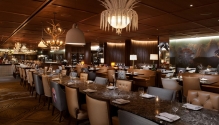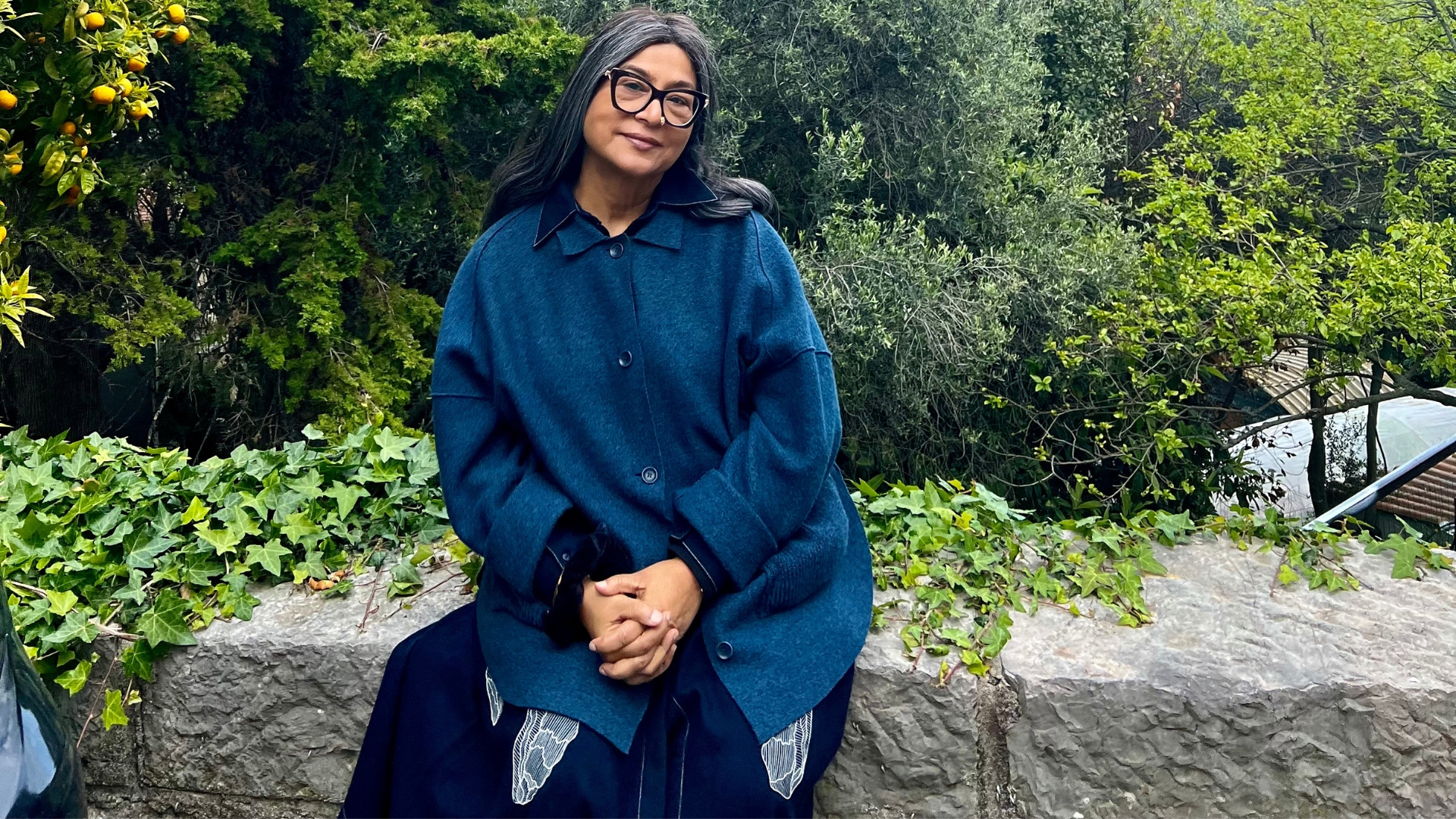Art Born of Wanderlust
How travel fuels Jayasri Burman’s creative fire.
By Deepali Nandwani
Travel has deeply influenced Jayasri Burman's artistic narratives. These influences are always present in her mind and heart, manifesting spontaneously on paper. Her work often reflects the cultural motifs, folklore, and mythological elements she encounters during her journeys.
When I landed in New York on my first visit, the beautiful pastel-coloured sky left an unforgettable impression. That colour palette inspired a painting while I was there. Similarly, in 1996, while visiting Rajasthan, my dream destination, I became enamoured with the vibrant bazaars, intricate glasswork, and bedcovers. At the Kashi Vishwanath Temple in Varanasi, I saw a voluptuous lady selling Shivlingams, and at that moment, I envisioned her as Parvati with sindoor. Such stories from reality often transform into art for me.
Home is where Calcutta is: I moved to Delhi from Kolkata in 1996, but I am a total Calcutta (now Kolkata) Bong girl. I continue to call it Calcutta since I grew up in the city and remember it as that. I go back every alternate month and have a deep connection with it. I have beautiful memories of a childhood spent in art, being surrounded by artists like Ganesh Pyne and Bikash Bhattacharjee, writers and directors. Calcutta is a city for those who love art. A contemporary artist group once had a studio, where I was allowed to spend time working on my art. Often, they had picnics in their studio.
Durga Pujo and Calcutta: Among my early memories of Calcutta is Durga Pujo. There were artisans close to my home who would make Durga idols using clay. Every year, I would watch them give the idols the finishing touches. They would paint the eyes right at the end, and you could see them coming to life as if Durga was standing right there, watching you.
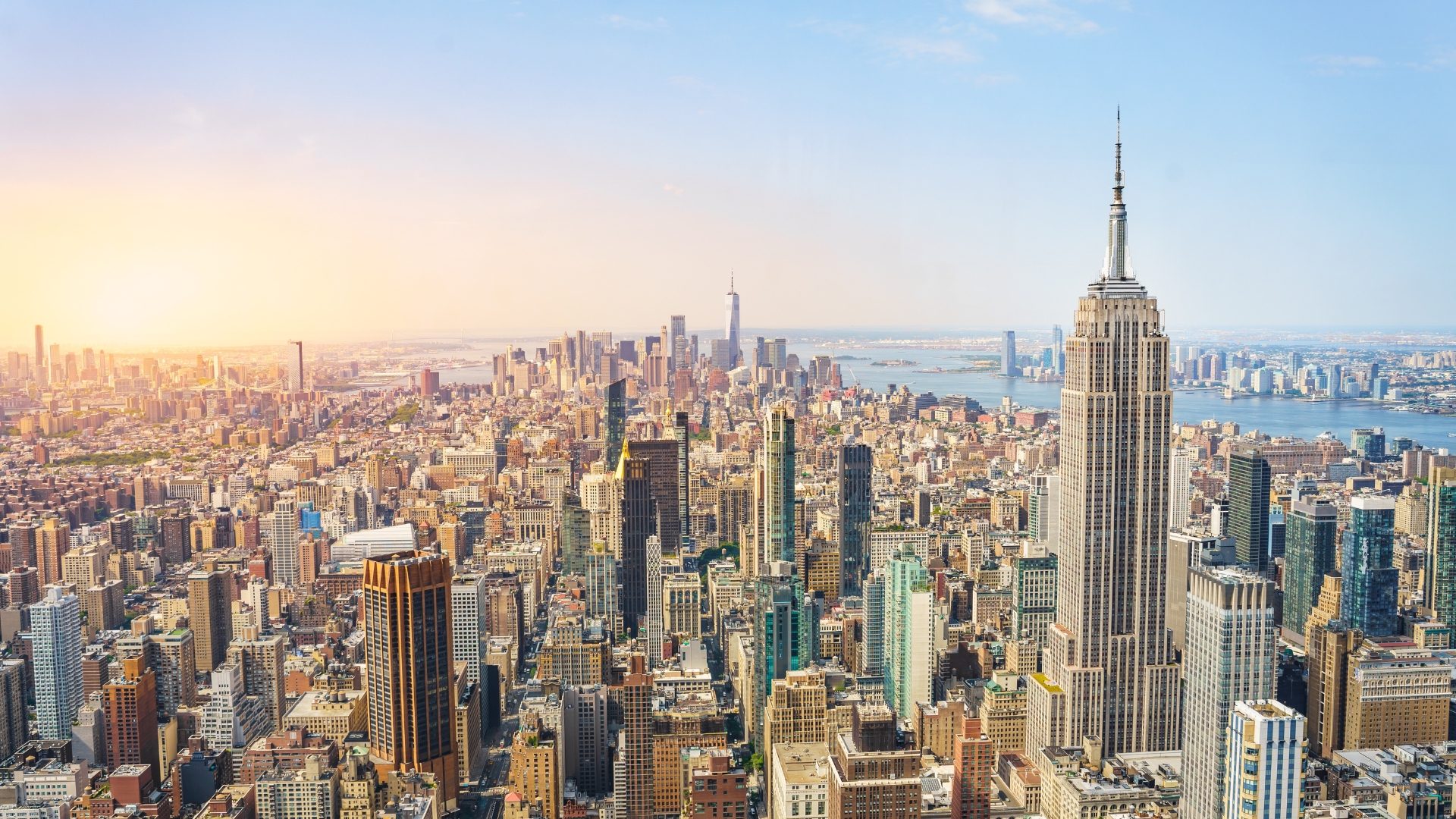
New York with its beautiful sky.
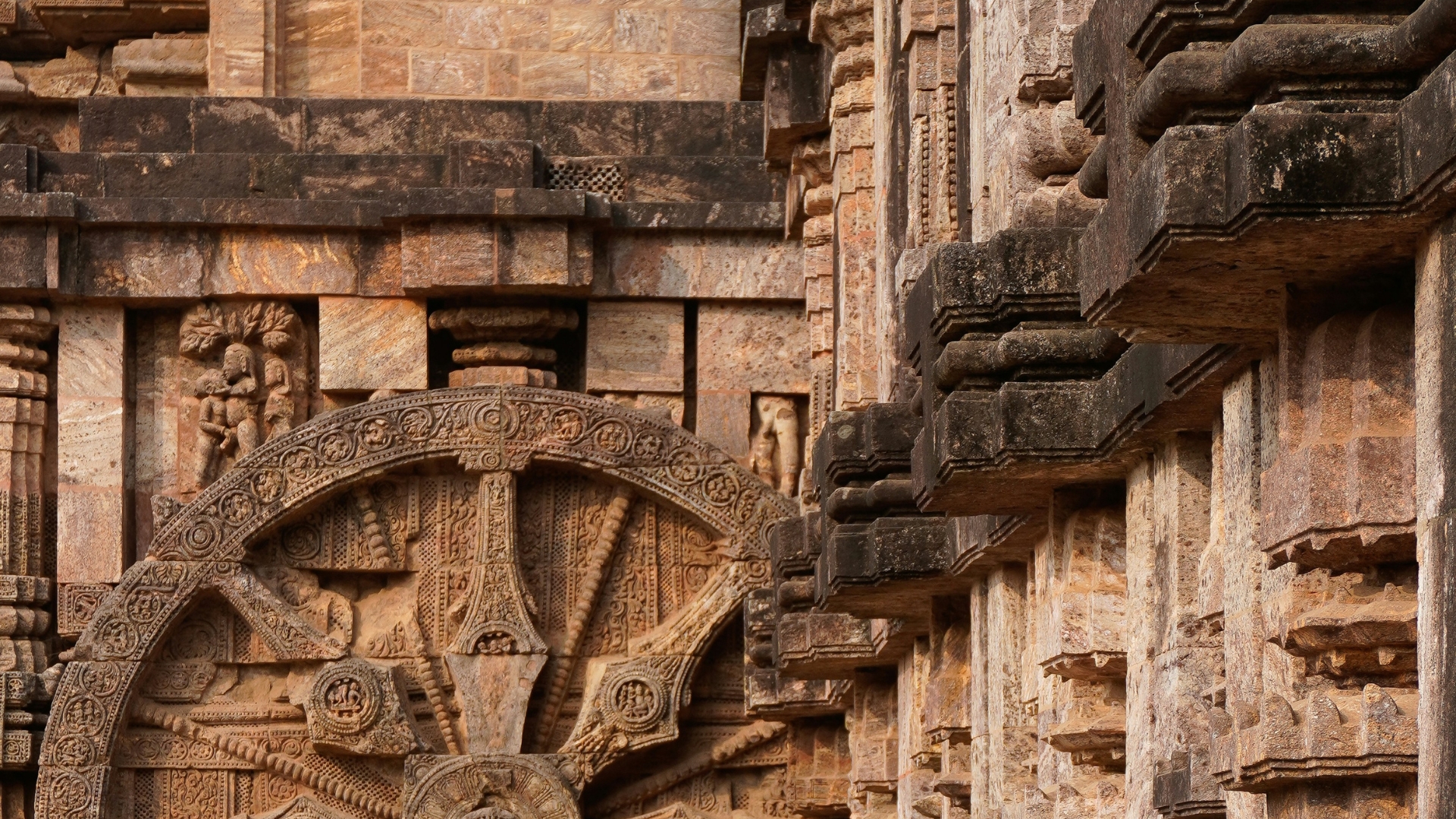
Konark temple with its iconic wheel structure.
Calcutta’s beauty is best experienced at the time when she comes home. You see artisans at work, and there are street theatres, where the audience sits on all four sides of a square stage. I would recommend spending some time at Kumartuli, on the banks of the Ganga, where idols are made. Photographer Raghu Rai has shot several photographs of the neighbourhood, and so has actor Nemai Ghosh (who was Satyajit Ray’s photographer), and several other European photographers. The neighbourhood is full of drama, colour and the river. While in Calcutta, explore the ancient Dakshineswar Kali temple, the Belur math, and Ramkrishna Mission, also on the bank of Ganga. The AJC Bose Botanical Garden is beautiful in winter and a good place to go on a picnic with your family. The Birla Academy of Art and Culture is great to see some art. Calcutta is also home to interesting museums.
Food and Calcutta: You can’t experience Calcutta without experiencing the food. Puchka is, of course, a classic, and you get it everywhere. Kolkata biryani is also famous, and the best is from Royal in Chitpur, where Muslim cooks make the most delicious version, which is spiced just right, has tender mutton, and a fragrance that wafts miles around. My father would treat me to a biryani every time I went to meet him at his office in Chitpur; I often go back with my brother. For Bengali sweets, I recommend the Balaram Mullick sweet shop.
Odisha’s spiritual core: My first trip out of Bengal was to Odisha, Puri’s Jagannath Temple and Bhubaneswar. Most Bengalis travel to Odisha at some point in their life. I was nine years old and travelled to the state with my grandfather. The Puri beach is beautiful, full of shells and cowries. My cousins and I would gather as many shells as possible from the beachfront, then go home and compare our haul to see who found the most unique ones. Also, I remember the tiger toys we would buy at Puri, with bobbing heads and life-like features. I have many memories: the Jagannath Puri temple darshan, stupa darshan, and Konark temple, from where I brought home a piece of sandstone which I have placed in my studio in Delhi. Odisha’s rich culture, Dhaulagiri, Udaygiri, the sadhus and sants, the Buddhist temples, and the great food makes it a perennially beautiful destination.
The spiritual seeker: My exploration of sacred and historic sites in India has deeply informed my art. My travels to destinations such as Varanasi, Khajuraho, and other culturally rich regions resonate in my depictions of gods, goddesses, and mythical tales.
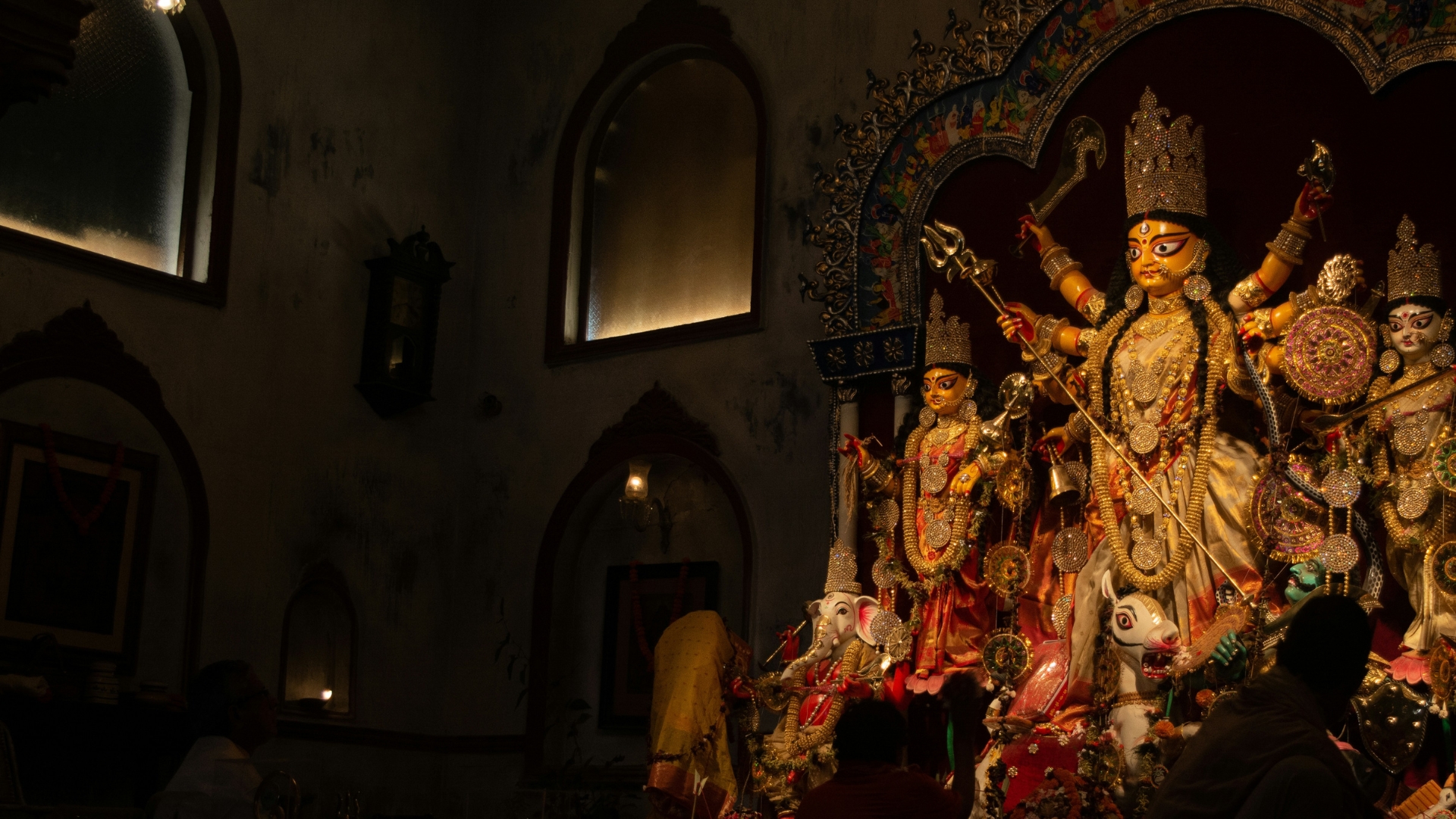
A Durga idol during Pujo.
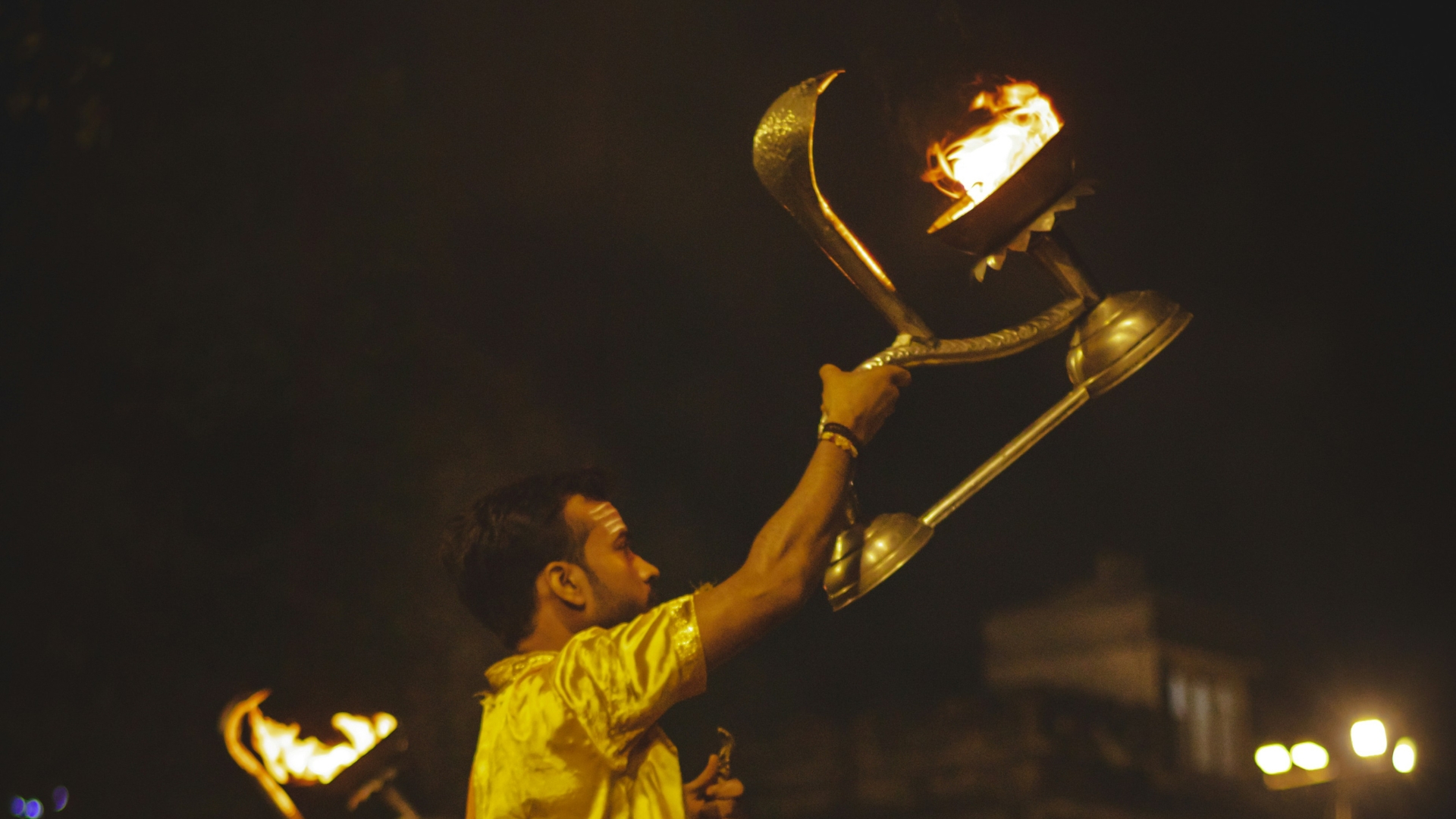
Varanasi, where every corner is steeped in mythology, devotion, and ancient civilisation.
I am drawn to water bodies—rivers always feel like home. The Ganga, with its ghats, gods, and goddesses, fascinates me with its spiritual aura. It feels unreal yet deeply inspiring, evoking a sense of devotion and creativity.
I sketch wherever I go. Even when I don’t have a sketchbook, I’m constantly sketching in my mind and heart. An artist’s brain never stops working; inspiration is everywhere, and it’s exhilarating yet challenging to capture it all. Often, ideas surface later, subconsciously. Travelling to Rajasthan was like a dream come true. I was like a madwoman, sketching and painting everyone and everything—people, bedspreads, glasswork—right there on the roadside with my watercolours.
I explore folk traditions when I travel, particularly from West Bengal. I’ve drawn inspiration from Dokra art. While studying in Santiniketan, I frequently visited nearby villages which had expertise in Dokra art. Kutch’s rich textiles also fascinate me; I’ve collected antique pieces from there, finding them deeply inspiring and beautiful. My eyes go straight to the textiles. I love their texture and natural feeling. I have journeyed to artisan communities across India, from Kutch to Varanasi and Bengal to Madhya Pradesh. These immersive experiences have enriched my understanding of textile traditions. I remember a trip to Kutch where we sat in an open field. The word of our arrival spread through the village, and people came with exquisite scarves, shawls, and bandhani pieces. It was mesmerising!
'Ratn ko ratn milta hai’—one finds treasures when one seeks them. I’m inspired by spiritual places, whether it’s the quiet beauty of Varanasi, the churches in Europe, temples in the South of France, Russia, or Japan, or monasteries. Such heritage sites exude peace and evoke a profound creative response in me.
Food reveals a lot about a culture. I adore the freshness of Thai food, especially the fish and vegetables, which feel familiar yet distinct. In Italy, I’ve loved experiencing gelatos, tiramisu, and homemade pasta in small villages where families cook with love and tradition. Sicily’s cuisine is fabulous and rich, leaving a lasting impression.
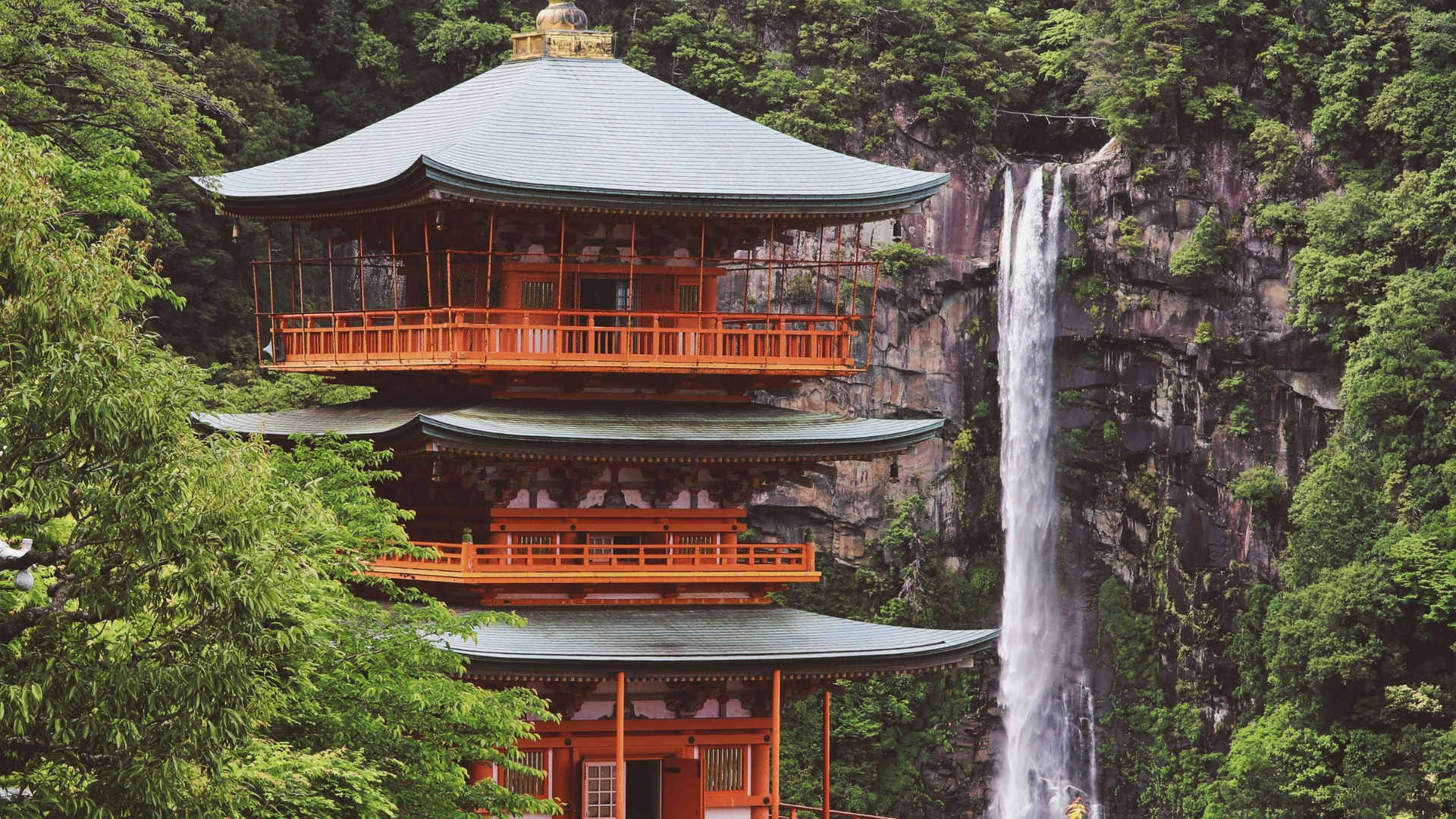
The peace of spiritual sites such as Nachi-san, Japan, evokes a creative response in Burman.
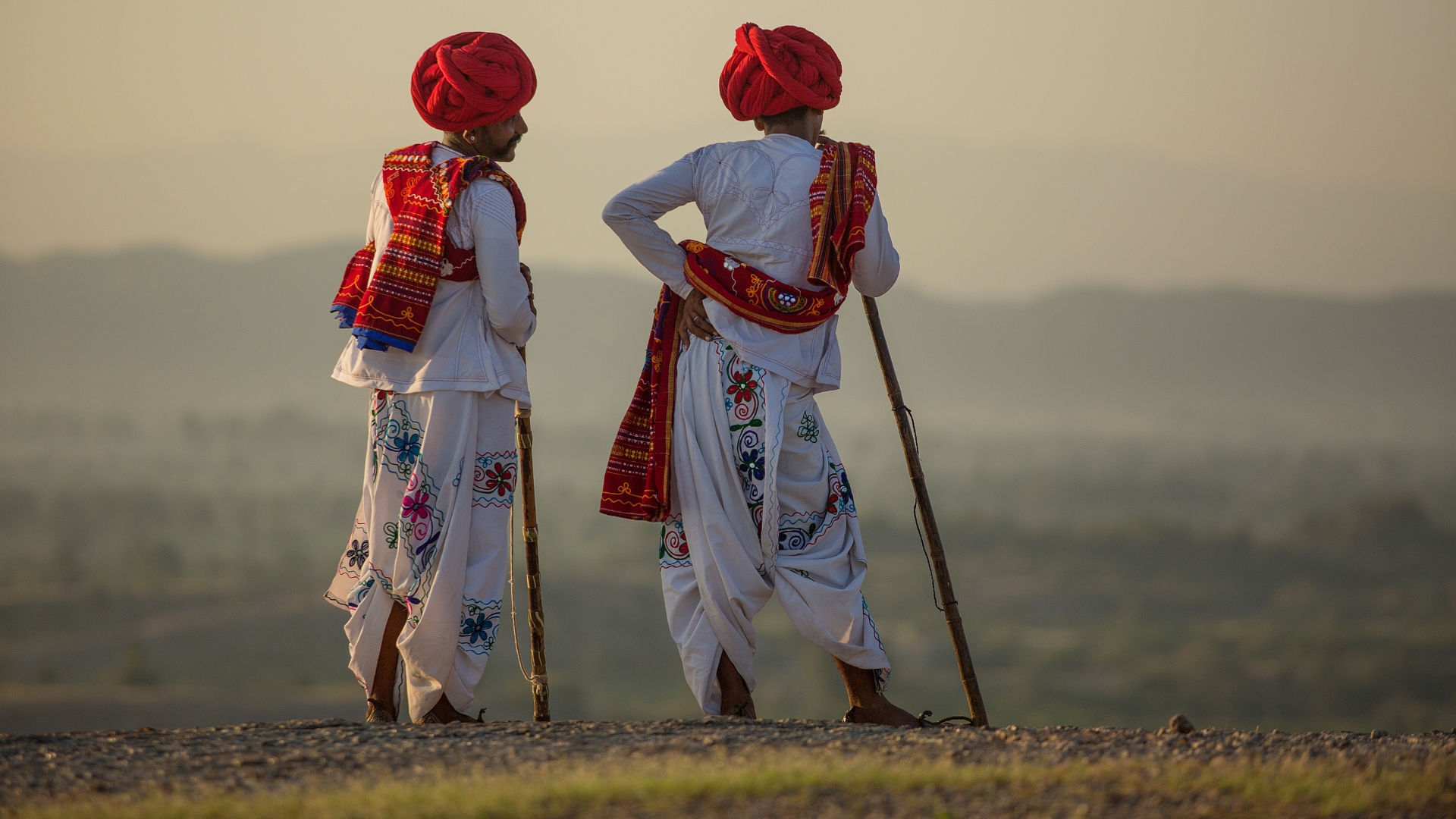
The artist finds Rajasthan's people and art forms incredibly fascinating.
An artist’s brain never stops working; inspiration is everywhere, and it’s exhilarating yet challenging to capture it all.
Jayasri Burman
Artist

Kerala is a food haven. I cherish dishes such as Kerala’s Karimeen fish, steamed in banana leaves and eaten with rice by hand. It’s a deeply personal and sensory experience. Sindhi Kadhi and Parsi Dhansak also hold special places for their unique flavours and cultural significance.
Varanasi or Banaras fascinates me on so many levels. The sacred city, steeped in spirituality and ancient tradition, has long been a magnet for pilgrims, writers, and artists. The ghats, especially in the evening, take you to another spiritual level. The juxtaposition of life and death along the ghats is profoundly moving. Sail to different ghats, and at one you will see someone celebrating a birth, on another ghat someone is mourning the dead, and on the third, there is aarti underway. It is a microcosm of what life is all about.
I absolutely love exploring local markets. In Egypt, I visited a spice market and purchased Jalabiyas made of their famous cotton, which is exceptional. In the South of France, the flea markets on Sundays captivate me with their crafts, antiques, and nostalgic charm. I can spend hours in such spaces. Markets and kitchens are windows into a culture’s art and traditions. They reflect a community’s creativity, heritage, and way of life, which endlessly fascinates me.
Sensory experiences while travelling are vital. They ignite emotions and ideas, transforming into colours, forms, and stories in my art.
If I were to curate an art show inspired by my travel experiences, the exhibit would explore what remains in the heart after a journey. Artists would have the liberty to interpret and mythologise their experiences. For instance, after visiting Istanbul, I created a drawing of Hagia Sophia holding her child, symbolising the nation’s legacy.
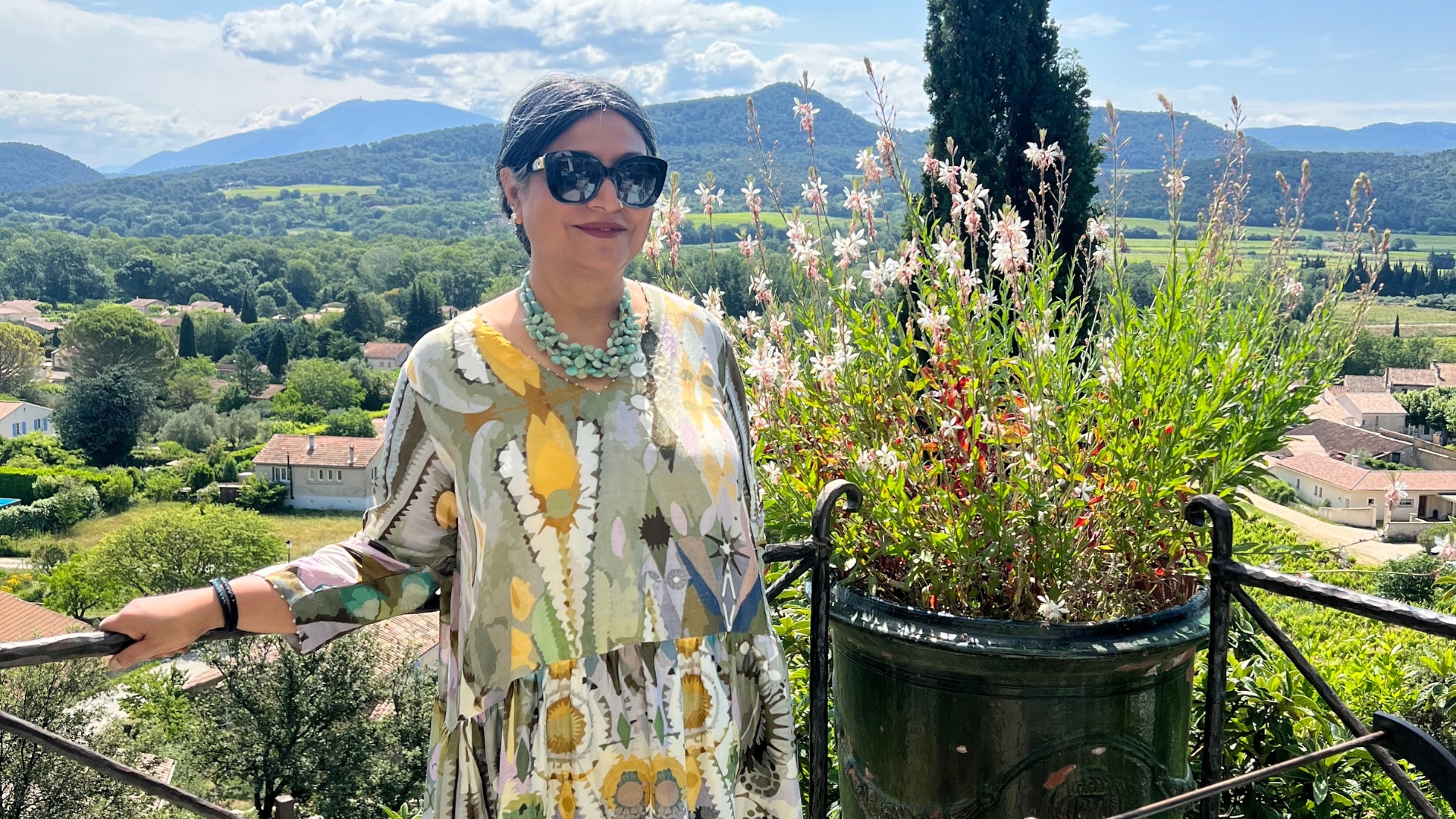
Burman on holiday.
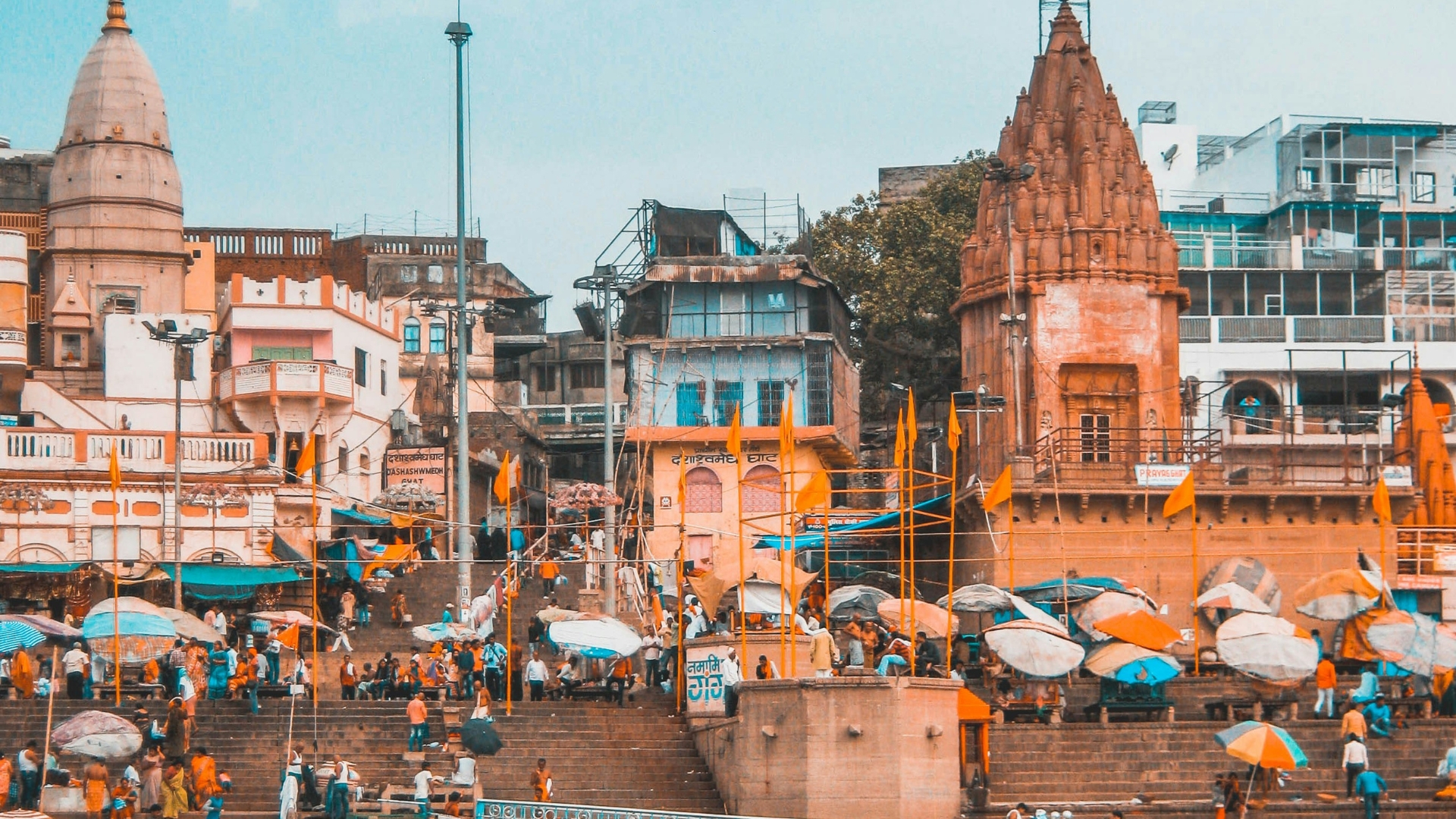
A ghat of Varanasi.

















